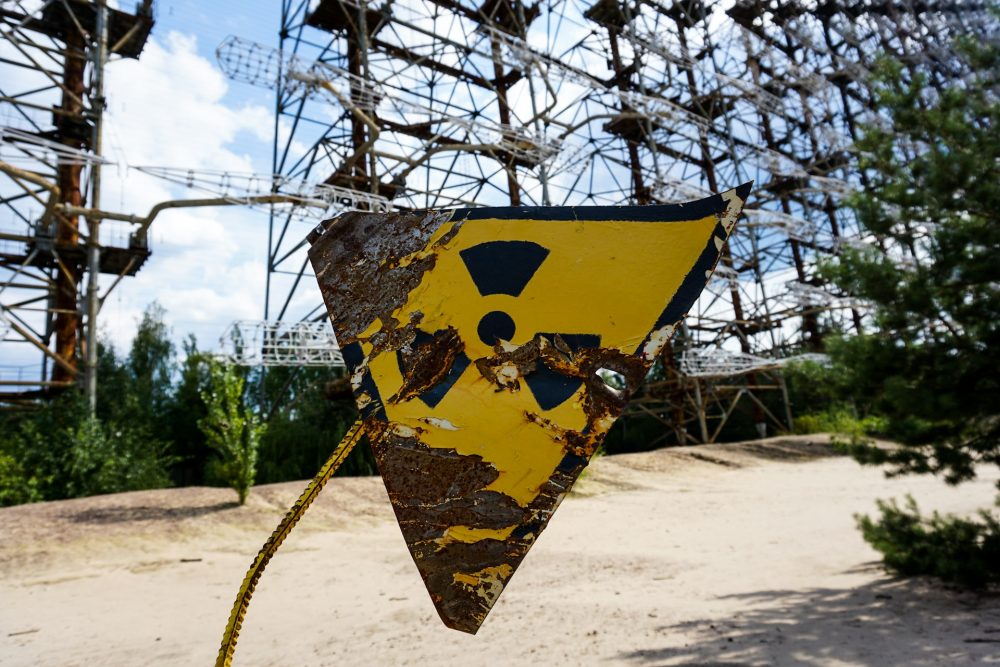Impact Investing
France’s Nuclear Waste Dilemma Threatens Energy Future
France holds over 280,000 cubic meters of long-lived, low-level nuclear waste without a clear storage plan. The Court of Auditors warns this unresolved issue risks political, financial, and safety fallout. Poor coordination, stalled decisions, and fragile funding could jeopardize dismantling efforts, raise costs, and undermine confidence in France’s nuclear expansion and waste management strategy.

In France, there are over 280,000 cubic meters of nuclear waste that will continue to emit radiation for more than 100,000 years. Although this is “low-level” waste, its long-term management is far from marginal. And above all, there is still no definitive plan for its storage. The French Court of Auditors has raised the issue , which, in a recent report, points the finger at the absence of a national strategy for this category of waste, known as Favl.
This nuclear waste – graphite, bitumen, radium residues, technological waste from the La Hague nuclear site – cannot be buried in future deep geological repositories, such as the Cigéo project, much less stored on the surface. It is therefore, in effect, devoid of a destiny. And the risk, warns the Court, is that the issue becomes a security problem, as well as a political and financial one, such as to compromise the entire French nuclear industry.
“Invisible” Nuclear Waste: The Unresolved Issue of French Nuclear Power
Unlike the highly radioactive waste, which will be hosted at the Bure site on the border between Haute-Marne and Meuse, the Favl waste has not yet found a definitive location. The community of communes of Vendeuvre-Soulaines, in the Aube department, has said it is willing to host only the radioactive waste and only under certain conditions. But for the bulk of the Favl, the path is still to be traced.
The Court of Auditors emphasizes how the responsibility for this waste is today “diluted” among a plurality of subjects – mining companies, decommissioned power plants, research laboratories – none of which shows particular urgency in solving the problem. Also because, at the moment, nuclear waste is still stored at the sites of origin. In advantageous economic conditions but potentially dangerous in the medium-long term.
This stalemate could have serious consequences: it could hinder the dismantling of old infrastructures, unnecessarily increase the costs of the Cigéo project – if it were decided to include the Favl – and above all increase the risk of accidents or malfunctions in temporary storage sites.
Cigéo: the French mega project for high-level nuclear waste
At the centre of the attention of the Agence nationale pour la gestion des déchets radioactifs (Andra) is the Cigéo project , a deep geological storage centre that should house the most dangerous waste, that which is highly radioactive and long-lived. The cost? Between 26 and 37 billion euros, spread over 150 years. The final political decision is expected by 2026, while the authorisation to start work is expected between 2027 and 2028.
According to the Court of Auditors , Andra has been able to prepare for this epochal transition, doubling its staff since 2007 and transforming itself into an entity ready for the operational phase. From a financial point of view, the agency is solid , thanks to the “polluter pays” principle. The main contributors are Edf (Électricité de France), Orano (formerly Areva) and the Atomic Energy Commission.
However, there are still major uncertainties about the long-term financing of Cigéo. Resources depend on multi-year agreements between Andra and waste producers, instruments judged by the Court to be too fragile and subject to interruptions. To ensure stability, the introduction of a dedicated tax is suggested.
France continues to invest in nuclear power, despite unresolved issues
The Cigéo project is not only a technical challenge: it is also a test bed for the social acceptability of nuclear power in France. Local taxation, i.e. the economic benefits for host communities, is yet to be defined and is a critical issue. The Court recommends clarifying this aspect by 2025, before the public consultation scheduled for the following year.
At a time when the French government plans to build at least six – and perhaps up to fourteen – new Epr2 reactors (so-called “third generation”, pressurized water reactors) as well as a fleet of mini-modular reactors, the management of Favl waste risks undermining the credibility of the entire nuclear revival project. As the Court writes, “the failure to resolve this issue calls into question the sector’s ability to manage all its waste and weakens the revival dynamic.”
French Nuclear: Waste Is Just One of Many Problems
Without forgetting that the EPR reactors already built have encountered significant obstacles . The case of the third reactor in Flamanville is emblematic , work on which began in 2007 with the aim of entering into operation by 2012. Instead, a long series of technical problems, management delays and construction defects have postponed the entry into service by more than twelve years. The connection to the grid took place only in December 2024, after the costs had risen to 19.1 billion euros compared to the 3.4 billion initially planned.
The Favl waste affair reminds us how essential it is, for any energy policy, to accompany the promises of innovation and power with a rigorous and transparent management of externalities . Nuclear waste, even the “low-radioactive” kind, remains a heavy legacy for future ones. Ignoring it, or postponing the problem, risks compromising not only the safety, but also the social legitimacy of French energy policy.
__
(Featured image by Ilja Nedilko via Unsplash)
DISCLAIMER: This article was written by a third party contributor and does not reflect the opinion of Born2Invest, its management, staff or its associates. Please review our disclaimer for more information.
This article may include forward-looking statements. These forward-looking statements generally are identified by the words “believe,” “project,” “estimate,” “become,” “plan,” “will,” and similar expressions. These forward-looking statements involve known and unknown risks as well as uncertainties, including those discussed in the following cautionary statements and elsewhere in this article and on this site. Although the Company may believe that its expectations are based on reasonable assumptions, the actual results that the Company may achieve may differ materially from any forward-looking statements, which reflect the opinions of the management of the Company only as of the date hereof. Additionally, please make sure to read these important disclosures.
First published in valori. A third-party contributor translated and adapted the article from the original. In case of discrepancy, the original will prevail.
Although we made reasonable efforts to provide accurate translations, some parts may be incorrect. Born2Invest assumes no responsibility for errors, omissions or ambiguities in the translations provided on this website. Any person or entity relying on translated content does so at their own risk. Born2Invest is not responsible for losses caused by such reliance on the accuracy or reliability of translated information. If you wish to report an error or inaccuracy in the translation, we encourage you to contact us.

-

 Impact Investing2 weeks ago
Impact Investing2 weeks agoEU Health Council Advances Key Pharmaceutical and Public Health Reforms
-

 Africa3 days ago
Africa3 days agoBank Al-Maghrib’s Final 2025 Meeting Expected to Maintain Key Interest Rate
-

 Crowdfunding1 week ago
Crowdfunding1 week agoOpstart Unifies Crowdlender: A Streamlined, Wallet-Free Investment Hub Launches December 2025
-

 Crowdfunding6 days ago
Crowdfunding6 days agoStar Citizen Funding Soars as 2025 Becomes Its Most Successful Year Yet















